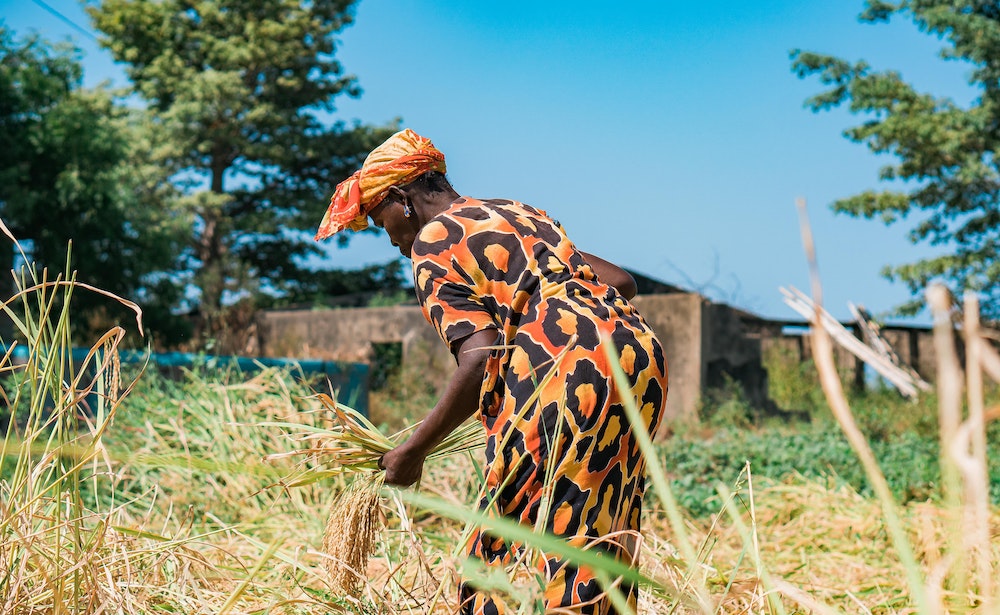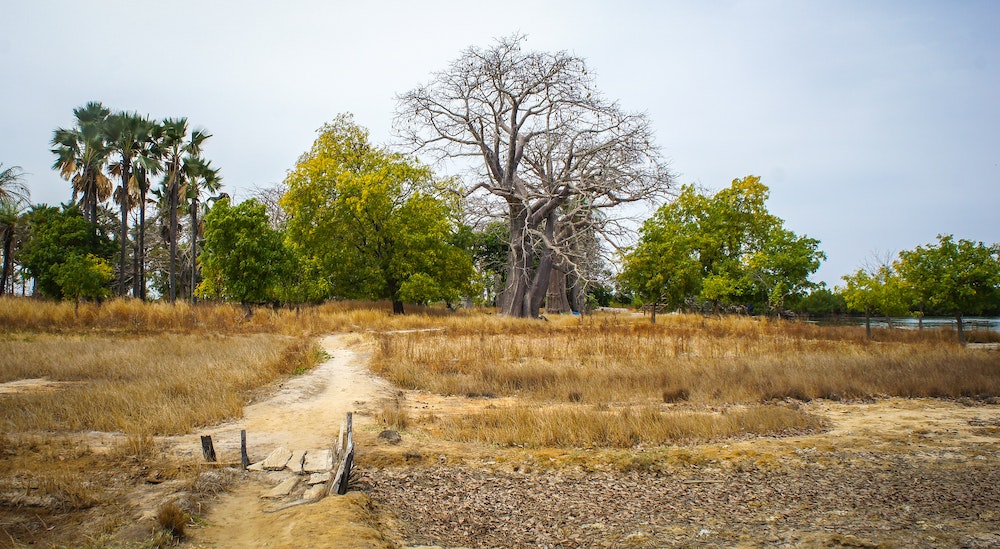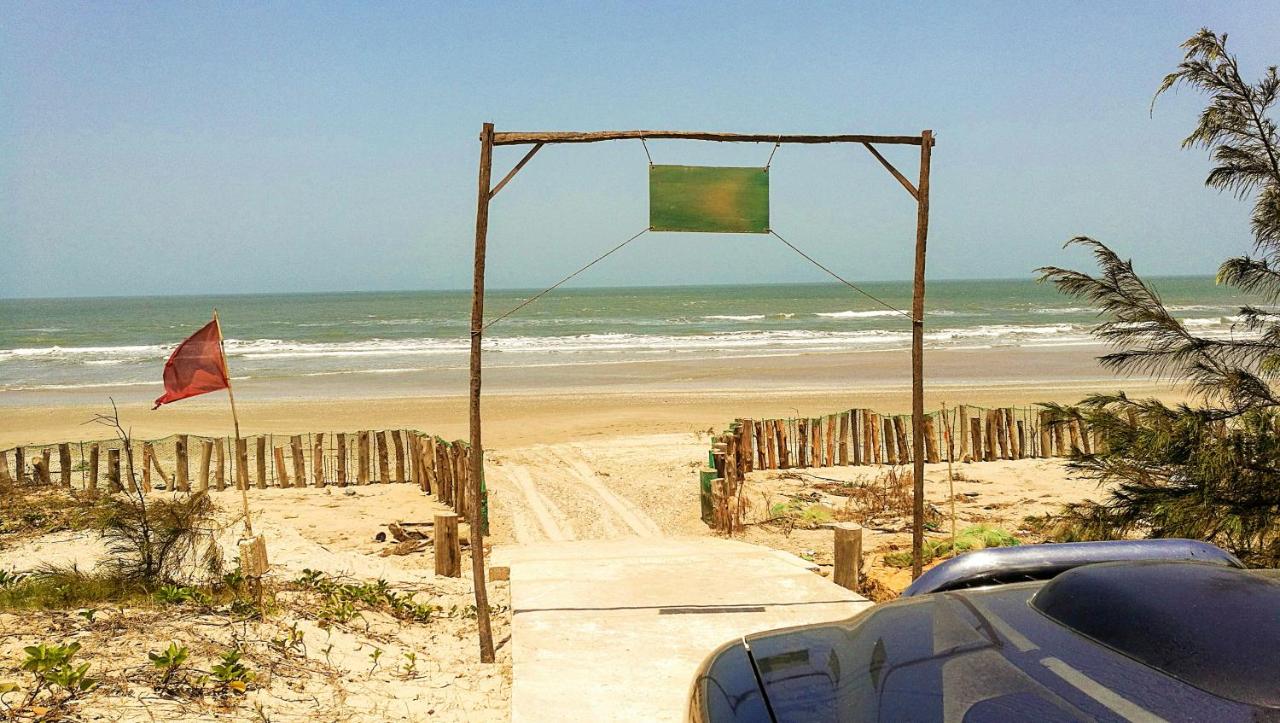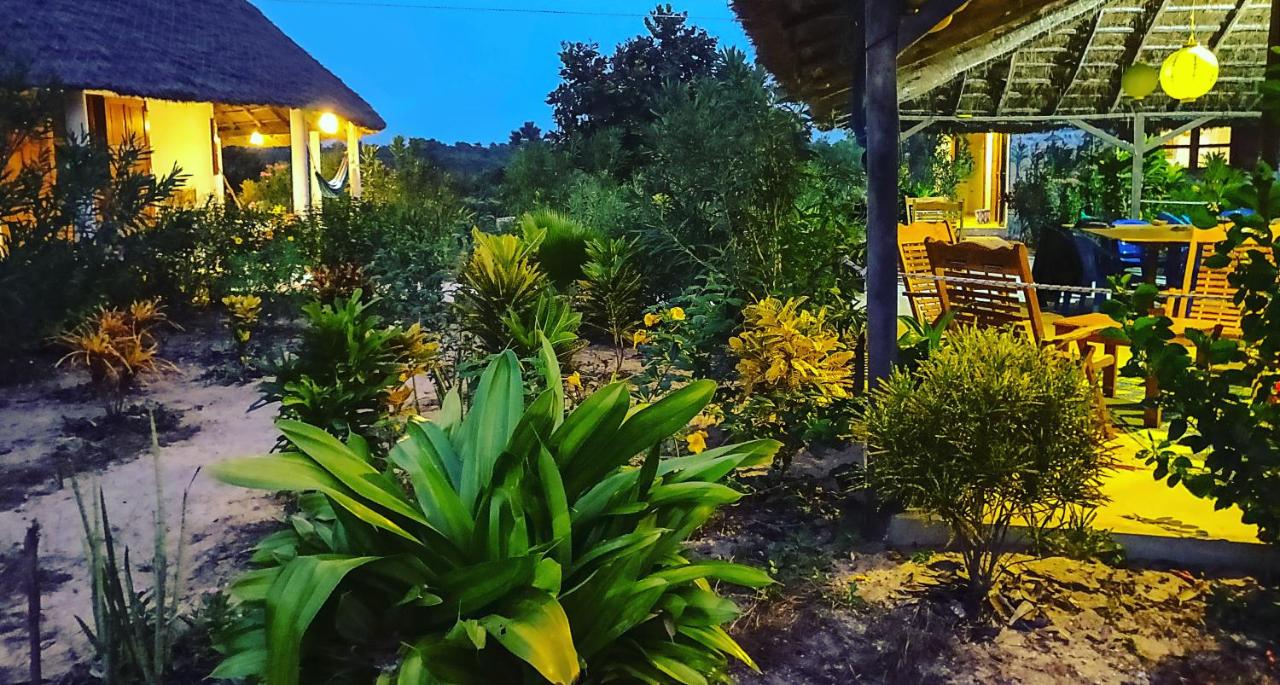The Casamance, a green pearl with spectacular beaches
Disclosure: Bear in mind that some of the links in this post are affiliate links and if you go through them to make a purchase we will earn a commission at no additional cost to you. We chose these companies / hotels because of their quality and not because of the commission we receive from your purchases.
Casamance, in the south of Senegal, is without doubt one of the most beautiful destinations in the country. It is sometimes called the Bali of Africa since the region lives mainly from the production of rice and tourism. Separated from the rest of Senegal by Gambia, it is a region with its own special characteristics. The tropical vegetation, the numerous rivers and the fertile soil make Casamance a super green and beautiful region. One that also remains green throughout the year.
Casamance is a narrow, elongated region in southern Senegal. The territory is bordered to the west by the Atlantic Ocean, to the east by the Kuluntu River, to the north by Gambia and to the south by Guinea-Bissau. The Casamance River stretches for more than 300 km (186 miles) through the region. The area is also known because of its people, the population is one of the most friendly in Africa.
There is much to experience in this part of Senegal. From the old colonial capital Ziguinchor with its authentic charm to the hospitable Diola villages around Oussouye, you can discover the islands and mangroves south of the Casamance river and don't forget the beautiful coast at Cap Skirring. Here, beach lovers are in for a treat since there is an laid back atmosphere on this coast that you won't find anywhere else in the country.
Flora and Fauna
The vegetation of Casamance consists mainly of mangrove forests, palm forests and natural forests. It is also famous for its rice fields. 
The region is a paradise for birds: pelicans, herons, egrets, ibises and pink flamingos. Hippos and crocodiles refresh themselves in the Casamance River and the coastal waters and lagoons are full of fish: swordfish, rays, sole, sea bream, red carp and barracuda.
Gastronomy
Fish and seafood are a speciality of the Casamance, including barracuda, swordfish, shrimp, crab and mangrove oysters.
Where to stay
We recommend staying in Cap Skirring. This is a coastal place with a super relaxed atmosphere. The town was first inhabited by fishermen, and since the 1960s it has been a popular tourist destination, especially among French people.
One of the best places to stay is called Ecolodge Le Papayer. This place has a quiet location on the edge of the wild beach. It is perfect for lovers of peace and people looking for a beautiful place at the end of the world. Picture by: Booking.com
Picture by: Booking.com
Located between sea and forest at the end of a road, Papayer is a great place where most people forget all their worries.
Carabane
Carabane is and small and uncluttered island at the mouth of the Casamance River with quite some history. Although largely mangrove, a small number of beautiful sandy beaches and coconut palms attract a handful of tourists. By a boat locally called as pirogue (French), you can travel from Elinkin in less than half an hour, to the long jetty at Carabane. Along the way you sail past endless mangroves, accompanied by dolphins if you are lucky.

The island of Carabane is a relatively popular destination for fishermen. Kite surfers are also familiar with the island. The island is known for its peace and tranquillity. Carabane is a wonderful destination for a weekend and an absolute must for the historically and culturally interested traveller.
Best Travel Time
The Casamance area enjoys a tropical climate, softened by winds originating from the Atlantic Ocean. The area is the rainiest region in Senegal, with a rainy season from July to September. Temperatures in Casamance fluctuate between 26 and 32°C (78 -89°F) during the day throughout the year. The best travel time is in the dry season from October to June. Click here for more climate information about Cap Skirring.